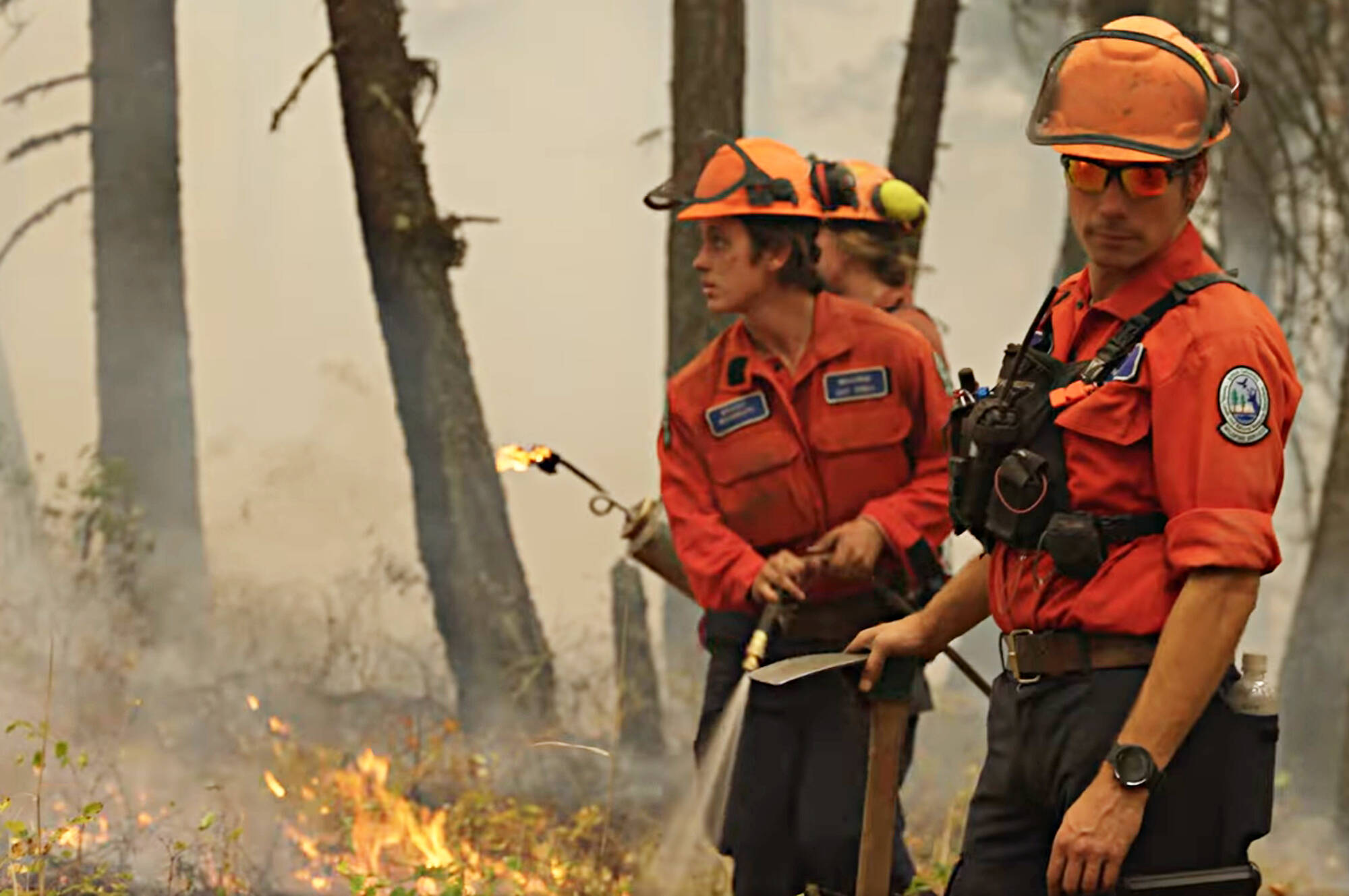~BW Uzelman
A new poll by EKOS Research reveals a large proportion of Canadians, 80%, agree that governments in Canada should do more to protect and restore the boreal forest, even if it means imposing limits on the logging companies. Responses to similar questions, reported by province, show that concern for forests is very high across the country. This is certainly the case in BC, despite a large forestry industry here. Residents understand that forest management must change, something the government still resists.
BC residents may not be familiar with the BC Forest Practices Board, an advisory agency, but they clearly are sensitive to the message in their report, “Forest and Fire Management in BC”. The report, at the simplest level, is the story of BC forest history. The board notes, “Historically, people co-existed with fire on the landscape.” Before fire suppression, it says, much of the landscape was shaped by fire, either burning surface fuels and maintaining fire-resistant forest stands, or randomly burning patches across the forest, creating diverse landscapes resilient to larger fires. That changed in the early 20th century.
The report states a century of fire suppression has created more time between burns, resulting in more dense forests. The landscape has changed, too. The “Fire deficit” has increased areas of coniferous forests and quantities of dead wood, while reducing areas of deciduous forests, meadows, and sparsely treed woodlands. The Board concludes, “This shift from a mosaic landscape to a more homogeneous one has increased the vulnerability of landscapes to uncharacteristically large, high-severity wildfire.”
Provincial governments, and definitely the British Columbia government, tolerate activities in the forests which have proven extremely damaging. Clearcuts not only continue; they are the norm. And provinces accept deficient remediation of harvested areas. All of this delays the recovery of the forest after logging, and magnifies erosion of soil, loss of soil fertility, silting of stream beds, and risk of wildfire. The absence of rigorous regulation contrasts sharply with public opinion. EKOS informs, for example, that fully 81% of Canadians agree clearcuts should be phased out and replaced with more sustainable practices.
Historically, BC has reforested primarily with coniferous species. This has supported the shift to the susceptible, homogeneous coniferous landscape. As well, trees, with higher foliar moisture content, like deciduous, usually offer higher fire resistance. Inappropriate species selection has contributed to the wildfire crisis. Climate change, too, has brought higher temperatures and increased drought. “These climatic trends,” notes the board, “compound the significant challenge faced by land managers in BC.”
Landscape Fire Management is the board’s recommended response. The primary tools of LFM include:
1. Reducing fuel load – This involves removing dead wood for disposal elsewhere, or pelletizing it and spreading it over the forest floor.
2. Managed Wildfire – This strategy allows naturally caused fires, not posing a danger to people or properties, to perform their natural function with limited suppression efforts.
3. Prescribed Burns – These are controlled burns, which reduce fuel present.
4. Creation of Fuel Breaks in the Forest – The break, with fewer trees and less vegetation, impedes the spread of fire and supports operations such as back burning.
5. Stand-level Fuel Treatments – These treatments reduce Stand Density. The forest is thinned with removal of both branches and trees.
The board states that these tools will impede and direct wildfires, and restore a mosaic of forested and non-forested areas across the landscape.
When EKOS asked who should be responsible for preventing wildfires, the top three responses were (to a high or moderate extent) my provincial/territorial government (90%), forest companies (89%) and the federal government (88%). This is a near unanimous response, and is logical. The provincial/territorial government is responsible to put suitable regulation in place, forest companies to comply, and the federal government to actually reduce greenhouse gas emissions (without gutting the economy).
The application of LFM has scarcely begun. Really, no risk reduction activity has occurred beyond the wildland urban interface, and insufficient reduction has happened within the interface. The restoration of the diversity of the natural forest has absolutely not been a priority.
LFM will be a massive and expensive undertaking, but BC must profoundly expand it if we hope to stem the loss of homes and infrastructure and the incineration of our forests. After prolonged human activity, extensive fire risks are effectively built into the forests. They are now inherent.
The BC government must put the LFM model in place, urgently, to limit unacceptable wildfire risks in the future. The government must not be allowed to escape its obligation.
bruce
Bruce W Uzelman
I attended the University of Saskatchewan in Saskatoon.I obtained a Bachelor of Arts, Advanced with majors in Economics and Political Science in 1982.
I have maintained a healthy interest in politics throughout my adult years, and wish to put that and my research skills to work as a political columnist.
Contact: urbangeneral@shaw.ca

